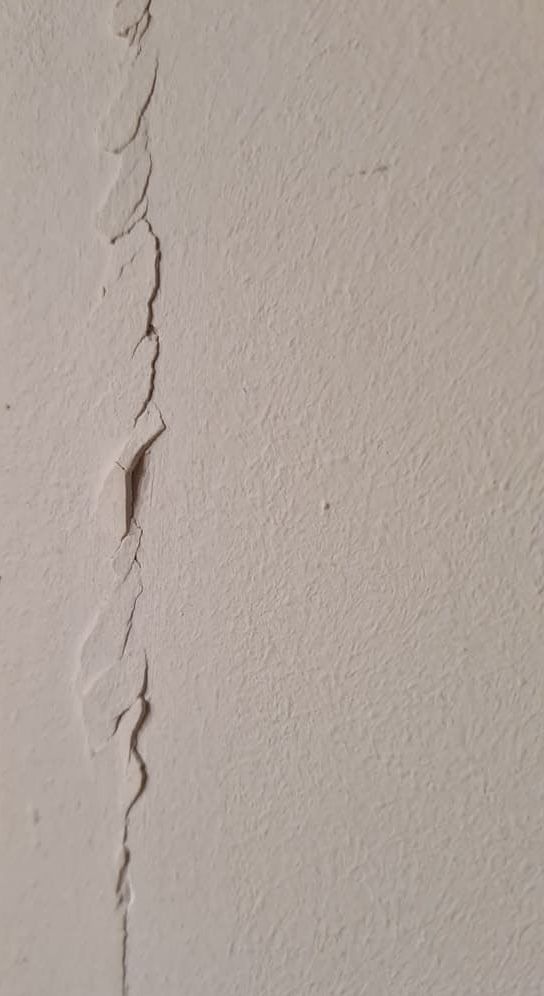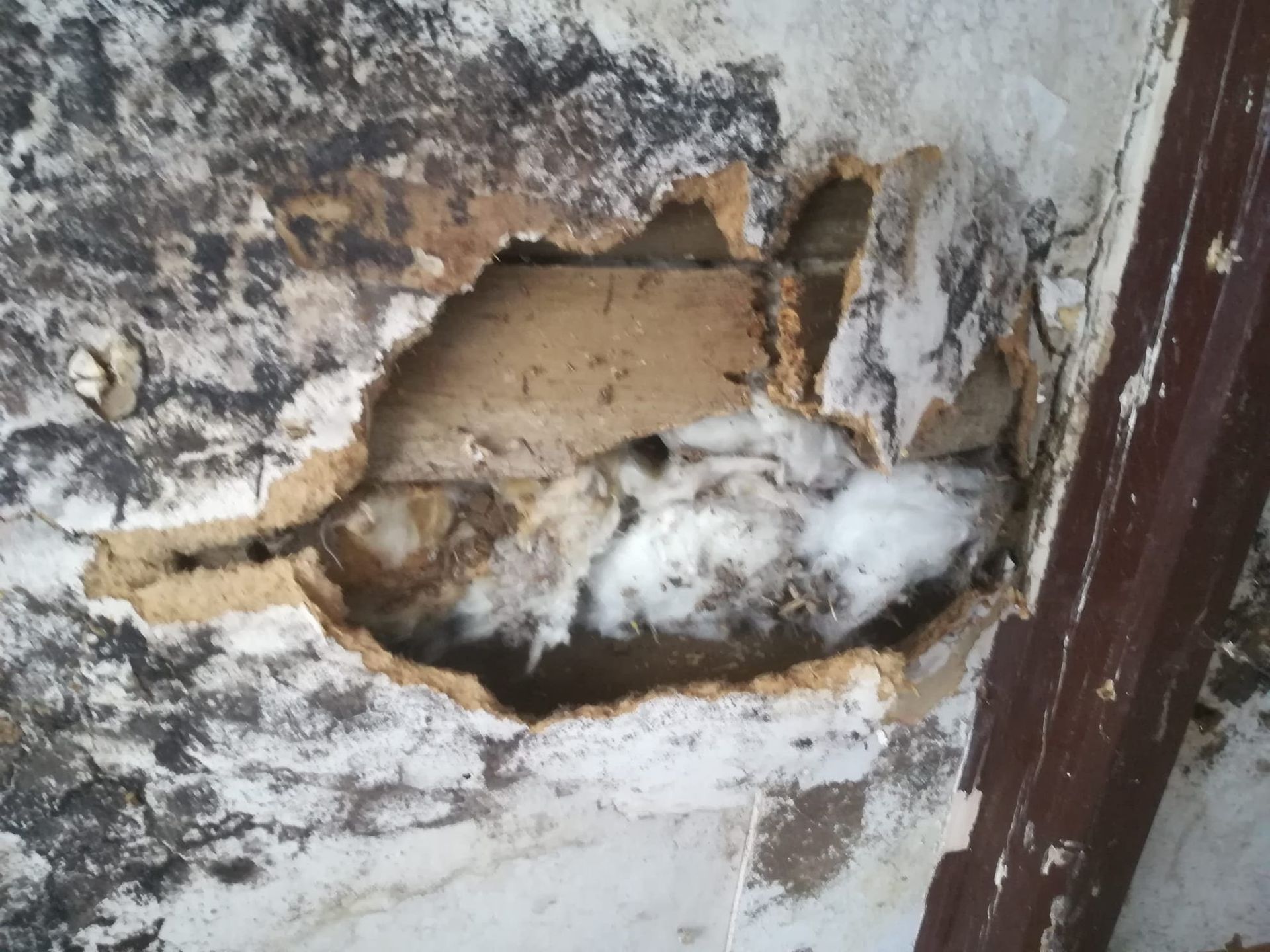How to repair Drywall
Drywall Repair Techniques
You have a hole in the drywall? - We fix it! We offer Drywall repair Service for different issues. See our article about Drywall repair cost, if you need an overview for price calculation:
1. Nail Pop Repairs
Nail pops, while relatively minor, can be unsightly and indicative of underlying issues. Here’s how we handle them:
- Remove the Nail or Screw: Carefully remove the protruding nail or screw.
- Secure the Drywall: Install a new screw nearby to secure the drywall firmly against the stud.
- Patch the Hole: Apply joint compound over the hole, smooth it out, and allow it to dry.
- Sand and Paint: Sand the area for a smooth finish and paint to match the existing wall color.
2. Crack Repairs
Repairing cracks in drywall requires precision to prevent them from reappearing.
- Widen the Crack: Use a utility knife to widen the crack slightly and create a V-shaped groove. This helps the joint compound adhere better.
- Apply Joint Compound: Fill the groove with joint compound, ensuring it penetrates deeply.
- Add Joint Tape: Place joint tape over the crack and apply another layer of compound, feathering the edges.
- Sand and Paint: Once the compound is dry, sand the area smooth and paint it to match the wall.
3. Water Damage Repairs
Water damage can compromise the structural integrity of drywall and often requires more extensive repairs.
- Identify the Source: Before repairing, it's crucial to address the source of the water damage to prevent future issues.
- Remove Damaged Drywall: Cut out the affected area using a drywall saw.
- Replace and Secure: Install a new piece of drywall, securing it to the studs with screws.
- Tape and Mud: Apply joint tape around the edges of the new drywall and cover with joint compound.
- Sand and Paint: Sand the compound smooth and apply paint to blend with the surrounding wall.


4. Hole Repairs
While we have an in depth article about how to patch a hole in drywall, here's a short summary.
- Small Holes (less than 1/2 inch): Use spackling paste to fill the hole, sand smooth, and paint.
- Medium Holes (1/2 inch to 6 inches): Use a self-adhesive mesh patch to cover the hole, apply joint compound, sand smooth, and paint.
- Large Holes (over 6 inches): Cut out the damaged area, secure a new piece of drywall with repair clips, tape the seams, apply joint compound, sand smooth, and paint.
5. Mold and Mildew Removal
Mold and mildew not only damage drywall but can also pose health risks.
- Safety First: Wear protective gear to avoid inhaling mold spores.
- Remove Affected Drywall: Cut out and discard the moldy drywall.
- Treat the Area: Clean the surrounding area with a mold-killing solution.
- Replace Drywall: Install new drywall, tape, and apply joint compound.
- Sand and Paint: Sand the repaired area and paint with a mold-resistant paint.
6. Fixing Bubbling or Blistering
Bubbling or blistering can be a sign of underlying moisture issues or improper application of materials.
- Remove the Bubbled Area: Cut away the bubbled or blistered drywall.
- Address Moisture Issues: Ensure there are no leaks or moisture problems.
- Patch the Area: Install new drywall if needed, or apply joint compound to level the surface.
- Sand and Paint: Sand smooth and paint the area to match the rest of the wall.
Preventative Measures to Maintain Drywall Integrity
While knowing how to repair drywall is essential, prevention is always better than cure. Here are some tips to maintain the integrity of your drywall:
1. Regular Inspections
Perform regular inspections of your home’s drywall to catch small issues before they become significant problems. Look for signs of moisture, cracks, and any other irregularities.
2. Control Humidity Levels
High humidity can lead to mold, mildew, and water damage. Use dehumidifiers in damp areas and ensure proper ventilation, especially in bathrooms and kitchens.
3. Proper Installation
Ensure drywall is installed correctly by professionals. Proper installation minimizes the risk of nail pops, cracks, and other issues.
4. Address Leaks Immediately
Any sign of a leak should be addressed promptly. Ignoring leaks can lead to extensive water damage and mold growth, compromising your drywall and overall home structure.
5. Use Quality Materials
Using high-quality drywall, joint compounds, tapes, and paints can make a significant difference in the longevity and appearance of your walls.
6. Be Mindful of Impact Risks
- Be cautious with heavy objects and furniture that can potentially damage your walls. Using door stoppers and protecting corners can help prevent accidental impacts.